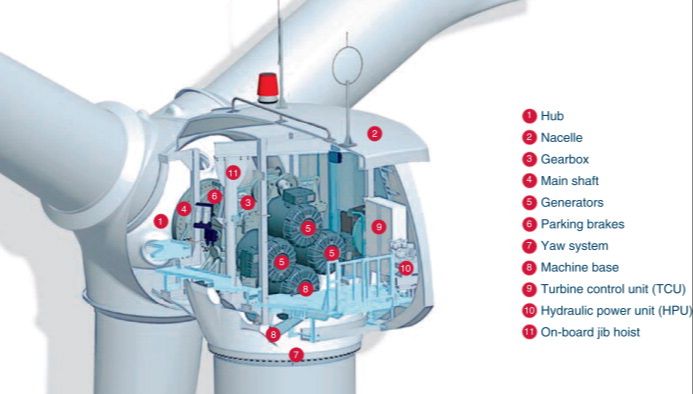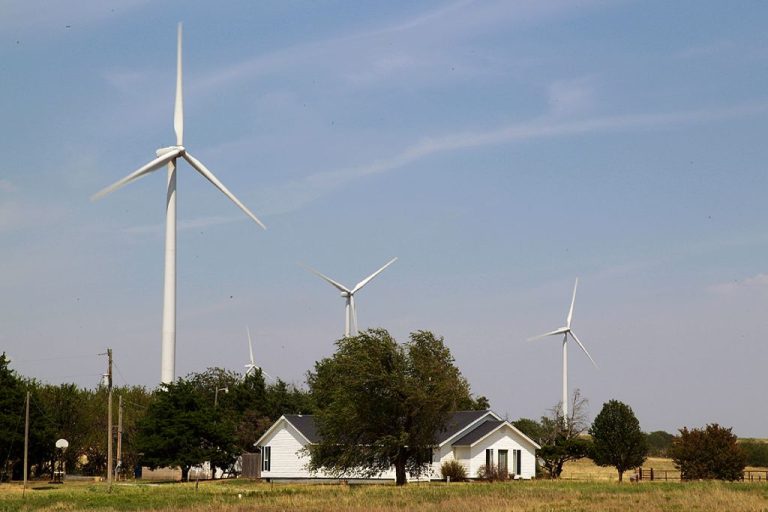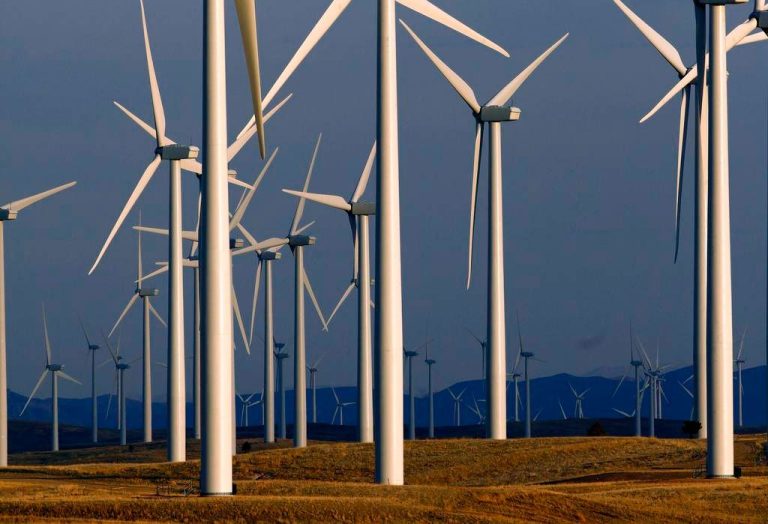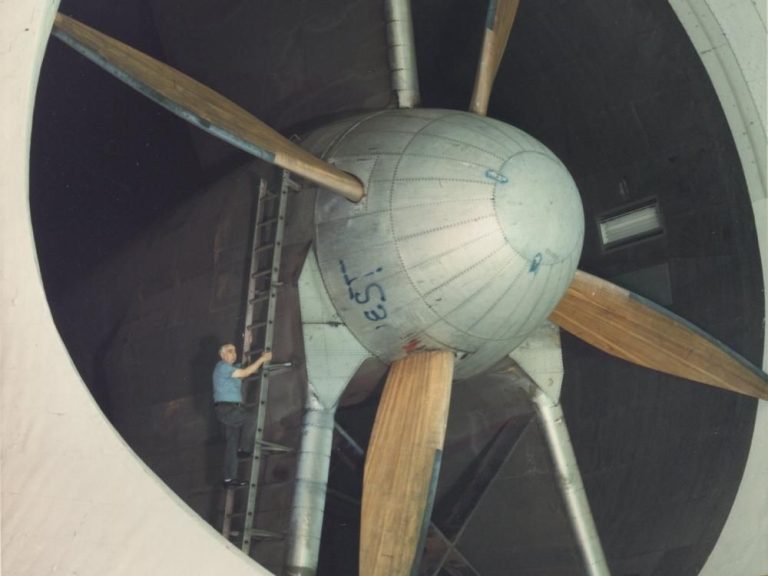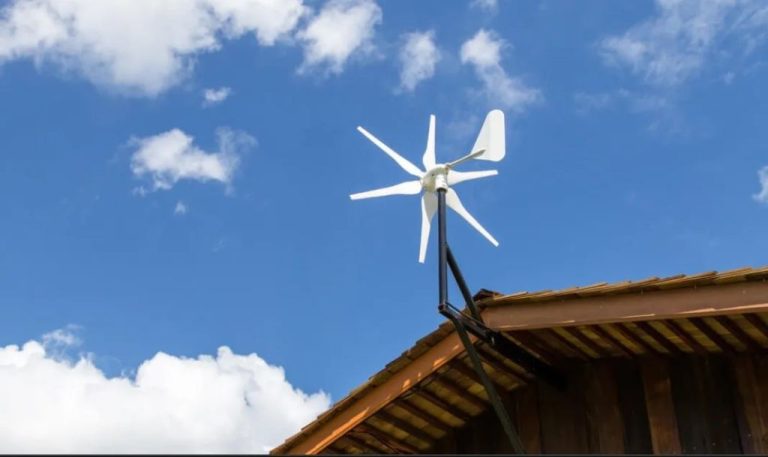Why Will Wind Power Never Replace Fossil Fuels?
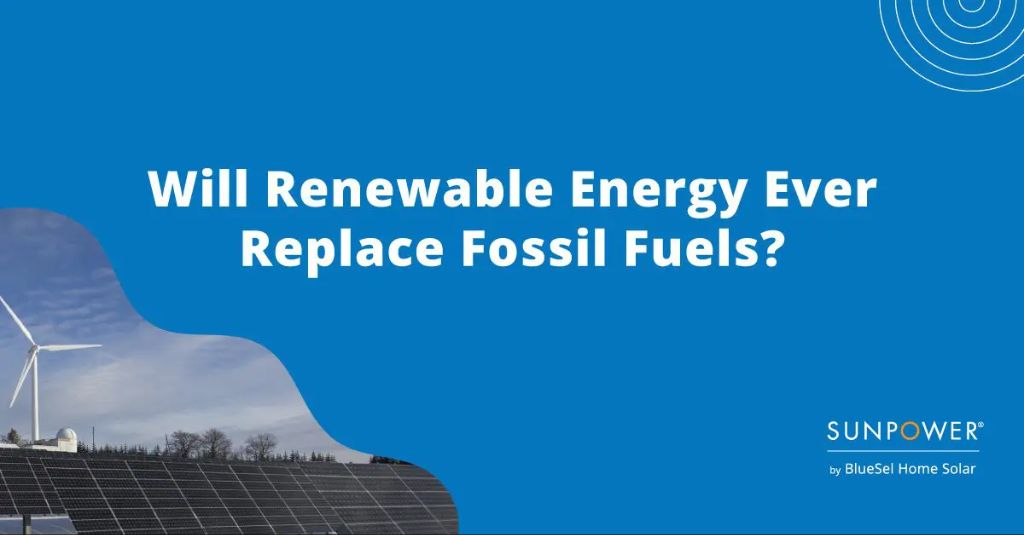
Wind power capacity has been growing rapidly in recent years as part of the global transition to renewable energy, but it still faces limitations in fully replacing fossil fuels. Wind alone cannot provide consistent, dispatchable, always-available power the way fossil fuels currently do for the grid. However, wind energy will be an essential part of a diversified, clean energy portfolio alongside solar, hydro, geothermal and other renewables. The objective should be utilizing wind power’s strengths, not exaggerating its limitations. With continued technological advances, grid integration solutions, and deployment at scale, wind can be a major pillar of a decarbonized electric grid.
Intermittency
One of the biggest challenges with wind power is its intermittent nature, meaning wind speeds fluctuate and are unpredictable. This leads to inconsistent power generation from wind turbines (1). Unlike traditional baseload power plants that provide a steady and reliable flow of electricity, wind power output varies based on wind availability. When the wind is not blowing or blowing too hard, wind turbines may generate little to no power. According to a 2022 study from the University of North Carolina, wind power only runs at or near full capacity around 35% of the time (2). This intermittency makes it difficult to integrate large amounts of wind power into the electrical grid and meet constant power demand. Systems operators have to account for rapid ramps up and down in wind generation. Building excess generation as backup is expensive and inefficient. Until ways are developed to smooth out the variability of wind power, its growth faces challenges for replacing fossil fuel baseload capacity.
(1) https://www.sapphiretechnologies.com/news/the-intermittency-challenge-with-solar-and-wind-is-not-going-away
(2) https://www.kenan-flagler.unc.edu/wp-content/uploads/2022/07/Meeting-the-Challenge-of-Renewables-Intermittency-General-Audience-Report.pdf
Storage
One of the biggest challenges with relying solely on wind power is that it is an intermittent energy source. The wind does not blow consistently, which means wind turbines only generate electricity when the wind is blowing at sufficient speeds. This makes storing the energy generated by wind turbines crucial for ensuring a steady supply of electricity (Maine and New England Stew Over Climate and Energy, 2010). However, storing large amounts of electricity from wind power is difficult and expensive with current technology. Methods like batteries or pumped hydro storage require massive facilities and upfront investments. The intermittent nature of wind makes determining how much storage is needed complicated. Unless better storage technologies are developed, the costs and complexities of storing wind energy on a large scale will continue hampering its ability to fully replace fossil fuels.
Transmission
Transporting wind power from source to demand centers has limits. Wind farms are often located in remote areas far from cities and towns where the demand for electricity is greatest. Transmitting the power generated by wind turbines to populated areas requires expanding the electric grid with high-voltage transmission lines. However, long-distance transmission lines are expensive to build and can face opposition from local communities due to concerns over viewsheds and property values.
The variability and intermittent nature of wind also poses technical challenges for integrating large amounts of wind power onto the electric grid. Wind conditions change continually, leading to fluctuations in output. Sudden changes in wind power fed into the grid can affect voltage and frequency stability if not properly controlled. Upgrading and expanding grid infrastructure to handle these issues is complex and costly.
While long-distance transmission enables aggregating wind power from remote regions, there are physical limits to how far electricity can be moved efficiently. Transmission losses, costs, and technical considerations present obstacles to relying solely on expanding transmission lines to increase use of wind power nationwide.
Scalability
While wind power capacity is growing rapidly, Scaling wind to meet all energy demands has land use and material constraints. Some analyses show that harnessing enough wind to meet global energy demands would require wind turbines covering over 1-2% of the earth’s land area (https://www.quora.com/Can-wind-farms-eventually-power-all-of-our-electricity-needs). With only 5-10% of land globally suitable for wind power, this poses a challenge.
Additionally, exponential growth in wind capacity would require immense amounts of materials like steel, concrete, and rare earth metals. Current supply chains likely could not keep up with demand needed for global scale wind production (https://www.washingtonpost.com/news/wonk/wp/2012/09/10/is-there-enough-wind-energy-to-meet-the-worlds-needs/). While theoretical potentials make 100% renewable energy possible, realizing that potential faces practical constraints.
Cost
While costs for wind power have decreased dramatically in recent years, the levelized cost per megawatt hour remains higher than conventional fossil fuels like coal and natural gas in most situations (Source). According to Our World in Data, the global average LCOE for onshore wind farms commissioned in 2020 was around $47/MWh, compared to about $38/MWh for a natural gas combined cycle power plant (Source). Coal remains one of the cheapest options in some developing countries, with LCOE as low as $30/MWh in regions like China and India.
While wind and solar costs have fallen dramatically thanks to improved technologies, fossil fuels benefit from established infrastructure, supply chains, and extraction techniques refined over decades. New wind projects must account for the costs of turbines, land, grid connections, and maintenance over a 20-30 year lifespan. As a result, unsubsidized wind power costs exceed the operating costs of existing coal and gas plants in many markets (Source).
Reliability
Modern power grids require stable, baseload power generation to operate reliably. Wind and solar are variable renewable energy sources that cannot provide consistent power output. As the Institute for Energy Research points out, “Wind and solar are making the grid more unreliable as they gain share. Although margins in 2021 were assessed as adequate for traditional generation, that doesn’t consider the influx of intermittent generation that is being added” (https://www.instituteforenergyresearch.org/the-grid/nerc-reports-on-grid-reliability-and-the-impact-of-intermittent-renewables/). Fossil fuel and nuclear plants provide dispatchable power that can be increased or decreased to meet demand. The intermittency of wind and solar threatens grid stability as more intermittent sources are added.
To maintain reliability, grid operators need consistent baseload generation that can compensate for fluctuations in renewable output. As long as wind and solar remain a small part of the energy mix, their intermittency poses less of a challenge. But as their share grows, managing variability will become more difficult without firm capacity from nuclear, natural gas, hydropower and other dispatchable sources.
Environmental Impact
While wind power is often touted as having minimal environmental impact compared to fossil fuels, wind turbines can still have negative effects on wildlife and landscapes.
One of the biggest concerns with wind turbines is their impact on birds and bats. Wind turbines can injure or kill birds and bats that fly into the rotating blades. According to one study, wind turbines kill between 214,000 and 368,000 birds annually in the U.S. (source). Bats can also succumb to barotrauma, a fatal condition caused by a rapid change in air pressure near wind turbines.
Wind turbines may also be considered an eyesore and ruin natural views and seascapes. The construction of wind farms, access roads, and transmission lines can disturb habitats. There are concerns about the noise and flickering shadows created by wind turbine blades.
More research is still needed to fully understand the environmental impacts of wind power. But it’s clear the turbines can have detrimental effects on birds, bats, and views that should be considered before building new wind farms.
Public Opinion
Community objections and “not in my backyard” (NIMBY) attitudes often limit the locations suitable for wind farm development. According to a 2008 study by Firestone et al., surveys of residents near proposed offshore wind projects in Cape Cod, Massachusetts and Delaware revealed high levels of opposition. Over 75% of Cape Cod respondents opposed the wind farm, expressing concerns about impacts on marine life, fishing, tourism, and views from shore. In Delaware, over 50% opposed the project. Firestone attributed this opposition to NIMBY attitudes rather than substantive risks or costs of wind power (Firestone, Kempton, & Krueger, 2008).
A 2009 UK study on public participation in wind turbine planning found that early community engagement and democratic site selection processes can overcome some NIMBY opposition. However, deeply-held philosophical objections based on protecting landscape aesthetics, environmental impacts, or energy policy views proved more resistant to participation exercises (Aitken, 2009). This research suggests overcoming NIMBY attitudes that limit site options poses an ongoing challenge for expanding wind power.
Conclusion
Wind power offers many benefits as an energy source, but also faces limitations that prevent it from fully replacing fossil fuels. Its intermittent nature requires backup power or storage solutions. Challenges with scaling up capacity and infrastructure also constrain how much it can contribute to the overall energy mix. While costs have declined, wind remains more expensive than conventional fuels in most cases. Reliability and efficiency challenges further hamper its growth. Environmental and land use concerns limit suitable development sites. Public opinion is mixed, with some seeing wind farms as eyesores. Overall, wind power will likely play a growing but partial role in a renewable energy transition, alongside solar, geothermal, hydroelectric and other sources. It cannot serve as the sole replacement for fossil fuels, but will need to be part of a diverse mix of lower-carbon options.

